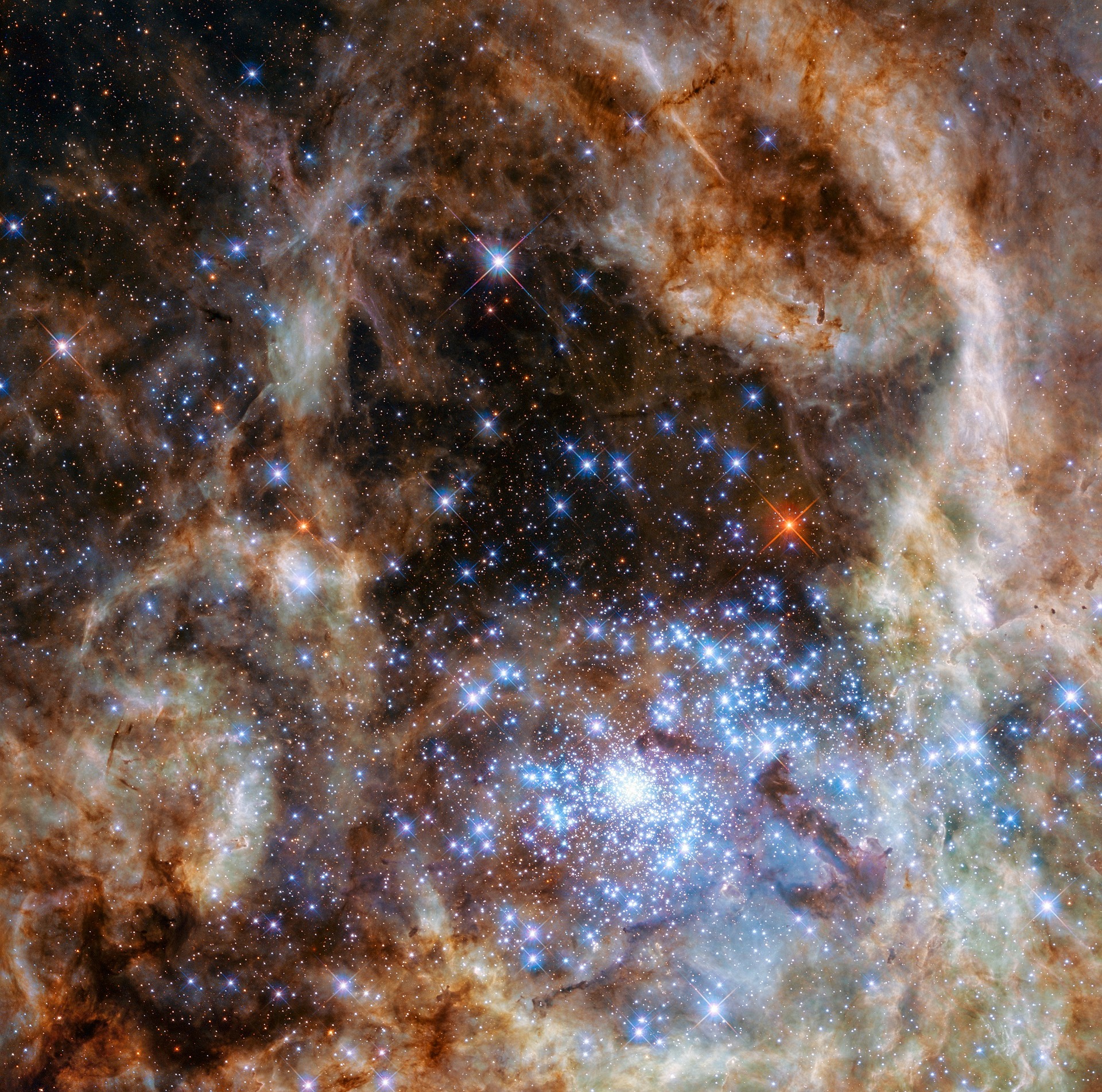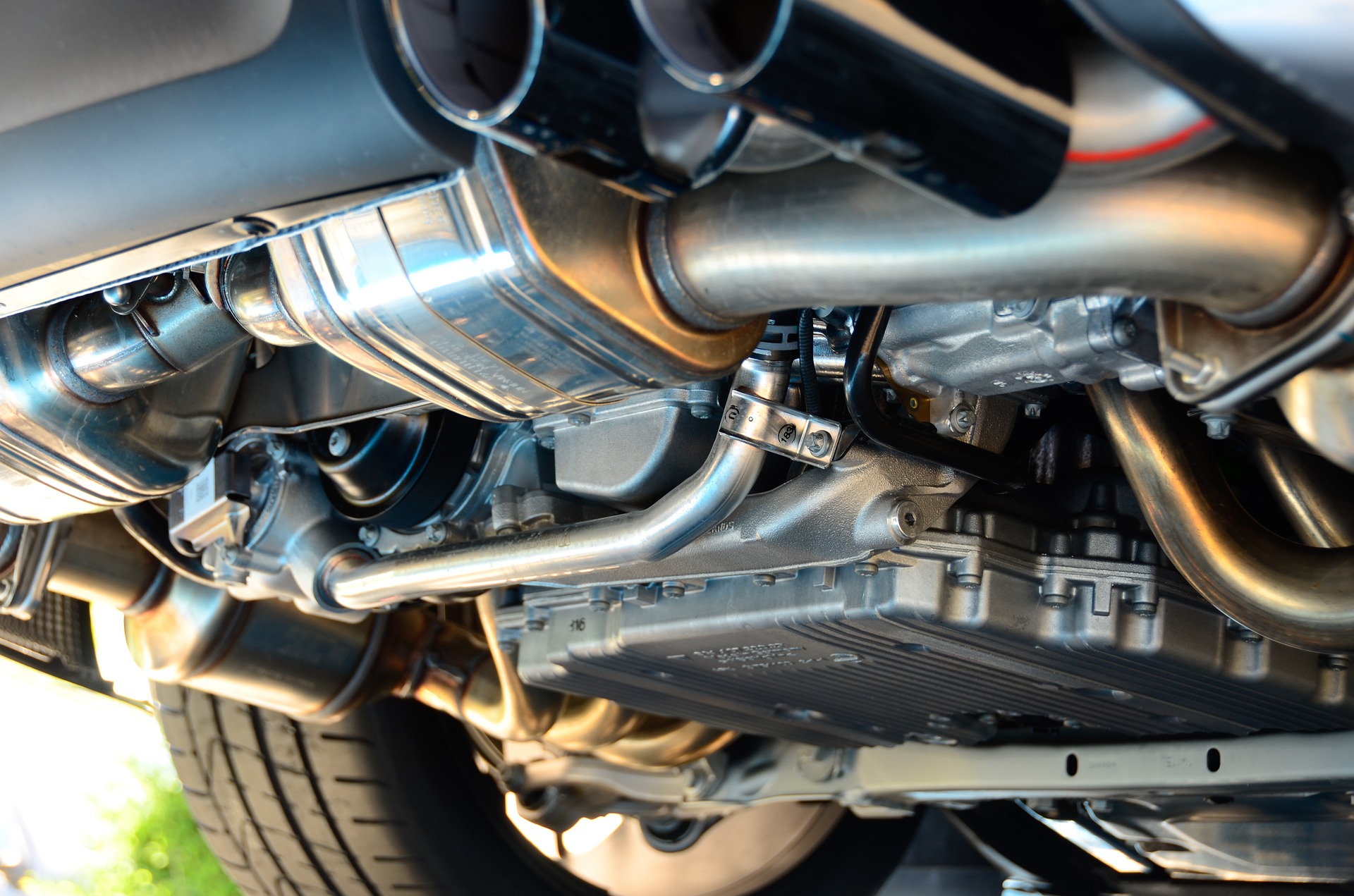Over the past few years, in the energy sector, it has been repeatedly questioned whether hydrogen is a tool for managing the challenge of pollution and a fuel for our cars. Go on reading to find out more.
What is hydrogen?
Hydrogen is the chemical element that occurs most often on Earth and in the universe. 90% of the atoms in the universe are hydrogen. Some praise hydrogen as an energy source of the future, while others classify it as costly and inefficient.
High Emissions are the reason why cities like Hamburg, ban cars in specific areas. Especially for Diesel Cars Hydrogen could be interesting. One approach is to convert diesel vehicles to Otto engines. In combination with oxygen the gas explodes and keeps the engine riding.
The benefits of hydrogen
- An absolute plus of hydrogen is that hardly any CO2 or other greenhouse gases are released during combustion. This can contribute in a very positive way to climate change and may solve some problems.
- The element hydrogen exists indefinitely on the earth and in the universe. Above all, 71% of the earth’s surface is water, and with electrolysis, we can split waters into its parts hydrogen and oxygen.
- Hydrogen is not toxic
- With hydrogen, you can refuel, heat and generate electricity
- In addition, hydrogen is odorless.
Disadvantages of hydrogen
- For hydrogen cars, the infrastructure is missing by now. There are currently only a few gas stations for hydrogen cars.
- Storing hydrogen is a task in itself. The volatile gas is highly explosive in combination with oxygen and can be stored by a temperature of -235 ° C (very high energy consumption).
- The element H2 occurs only in bound form, so for example in the connection water (H2O). Therefore, hydrogen in its pure form must first be produced, for example by electrolysis, which is a relatively expensive process.
Hydrogen for cars
There are two ways to run cars with hydrogen:
Either the hydrogen is burned directly in an internal combustion engine, where the efficiency is very low.
The other way is to convert diesel cars to gasoline or Otto engines. Instead of gasoline, then hydrogen is used as fuel, which in combination with oxygen causes the necessary explosion.
In conjunction with electric motors, this would also be an option to put an end to traffic noise. With a catalyst, even the only emission source: oil used for lubrication, can be filtered.
So far, there are still problems that need to be solved to make hydrogen more realistic for private consumers. The technology is there, but it is relatively expensive, and the infrastructure is missing. That’s why almost no one buys hydrogen-powered cars, although that could change in the future. Today, hydrogen-powered buses are used.



